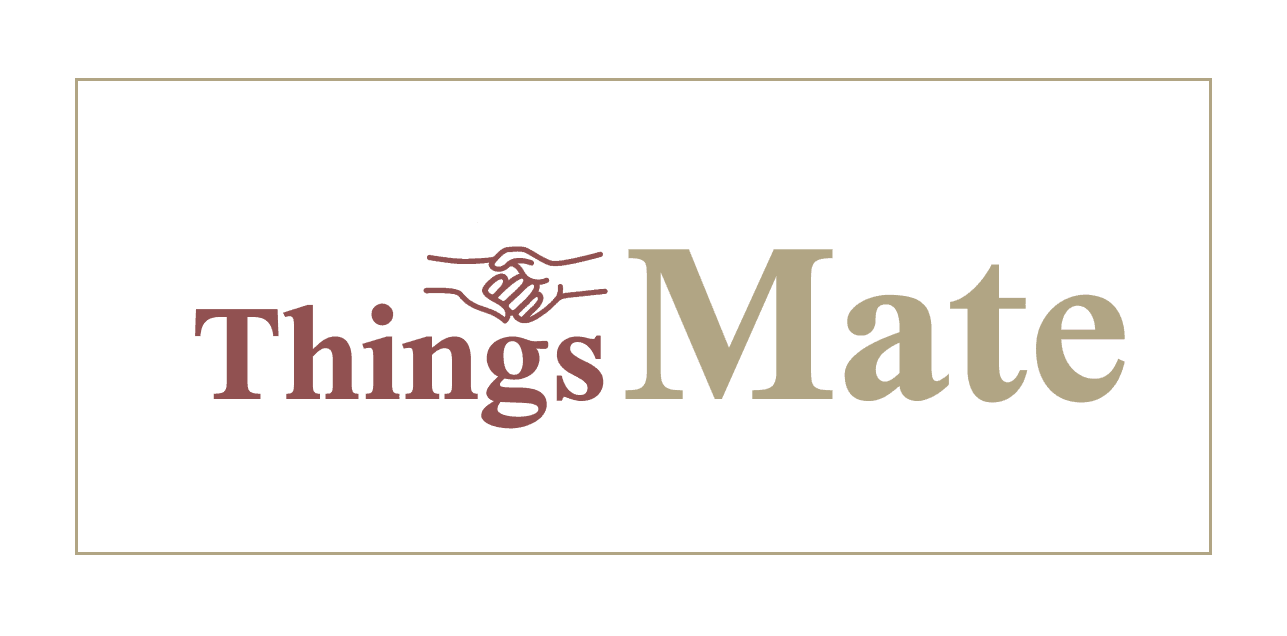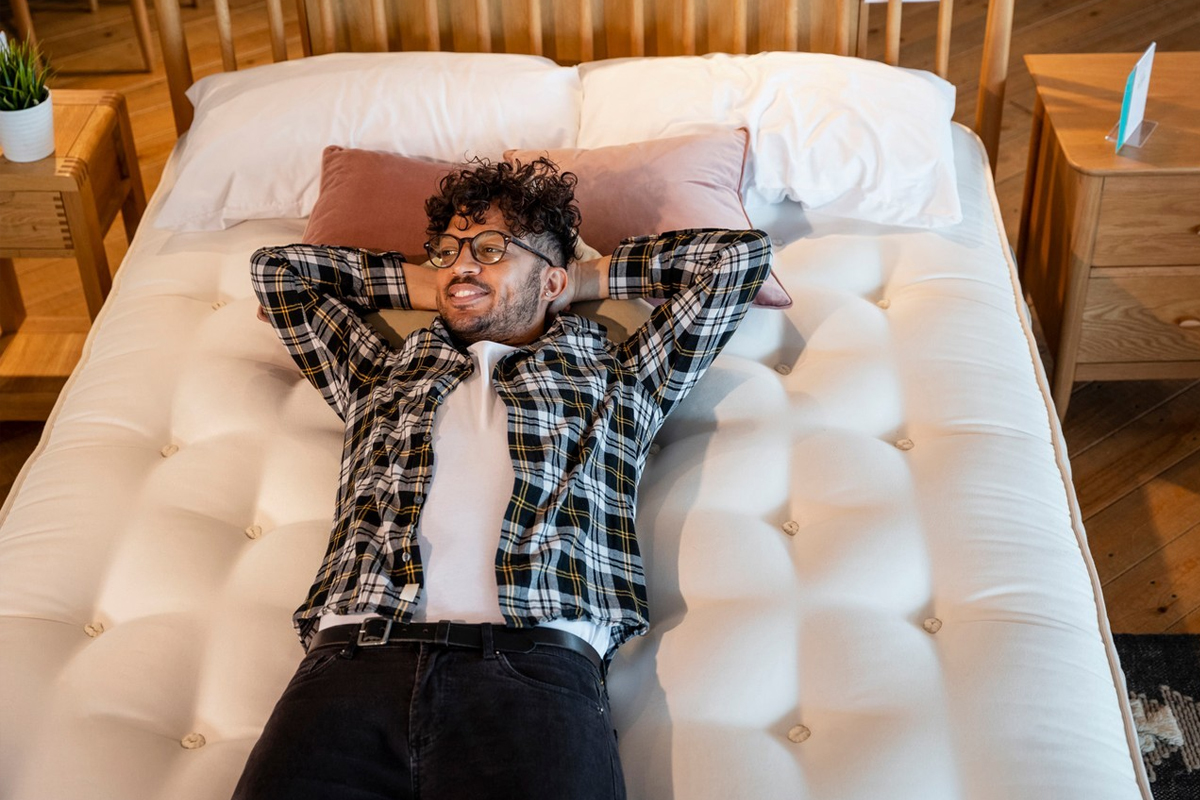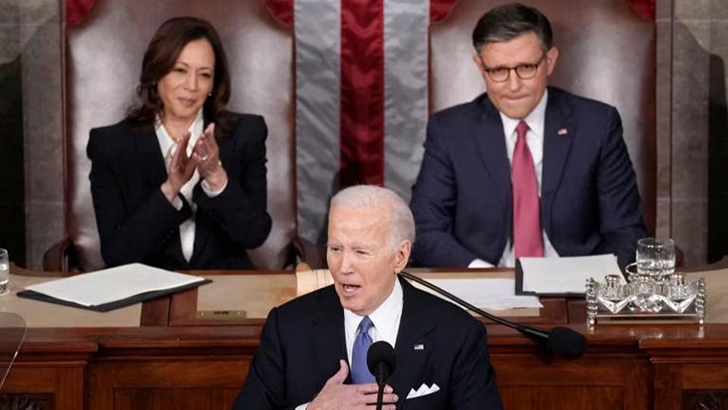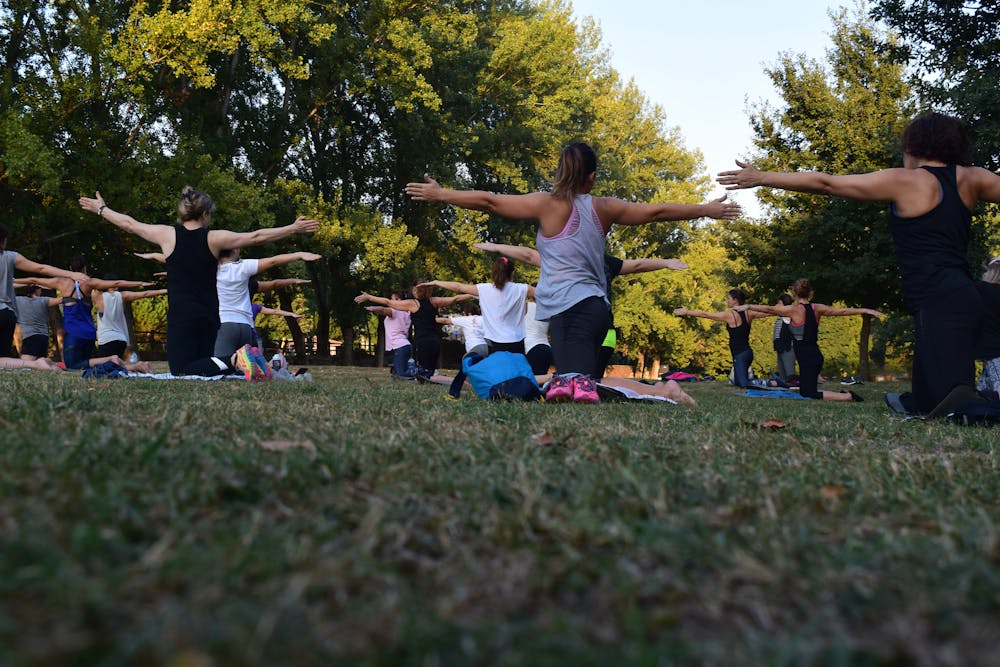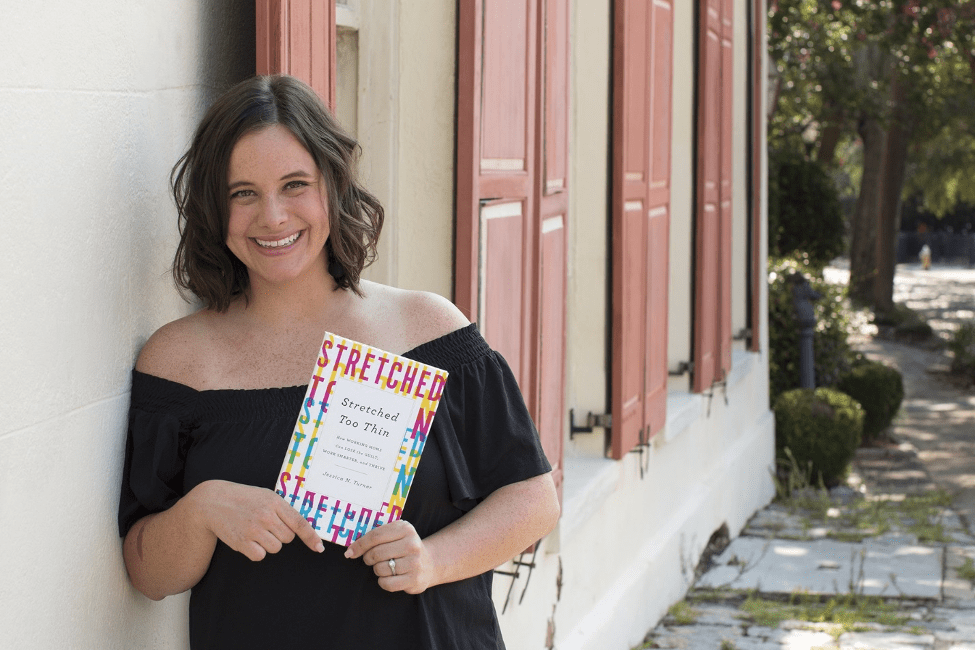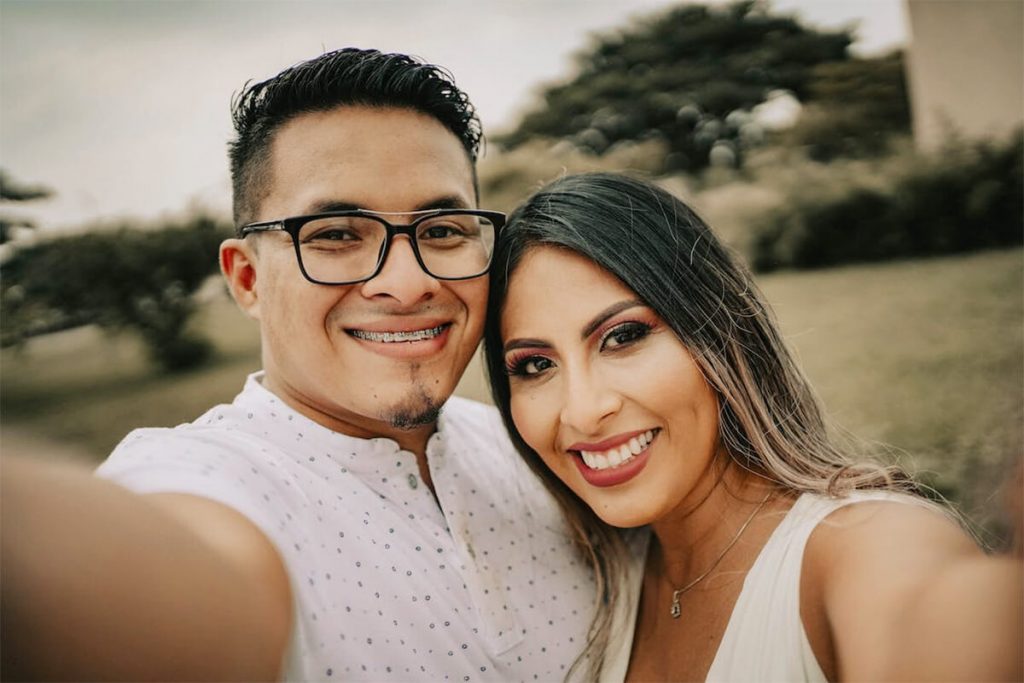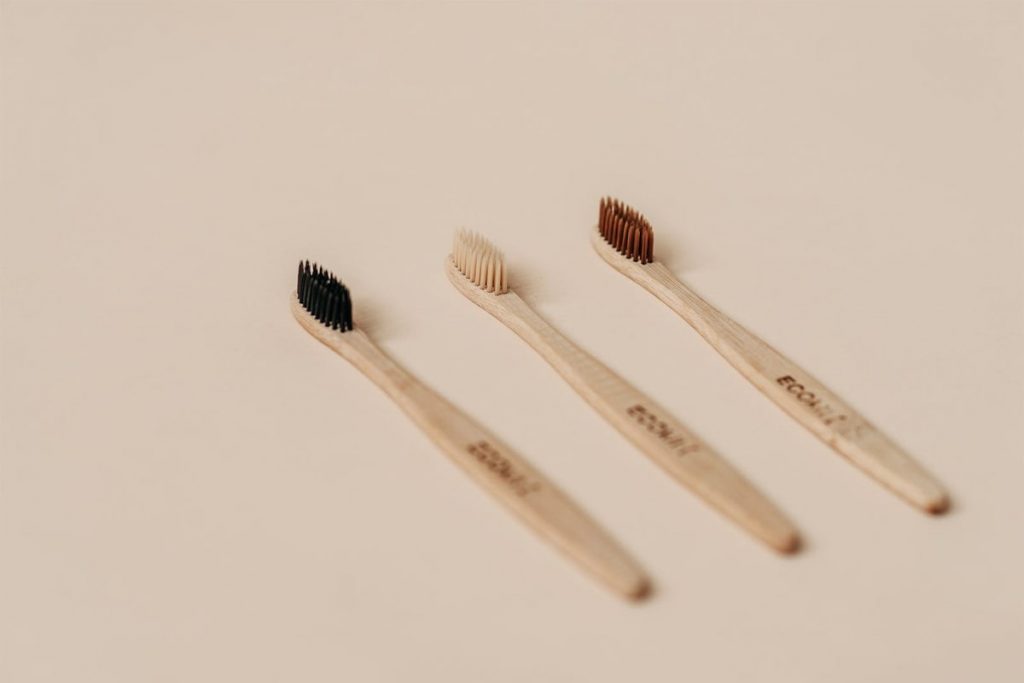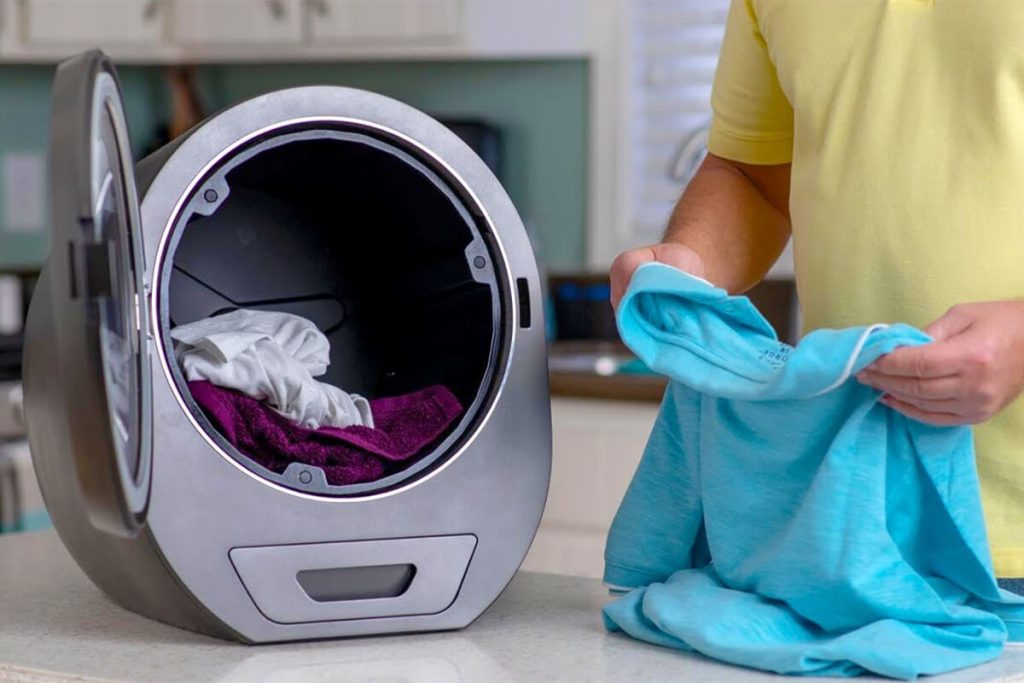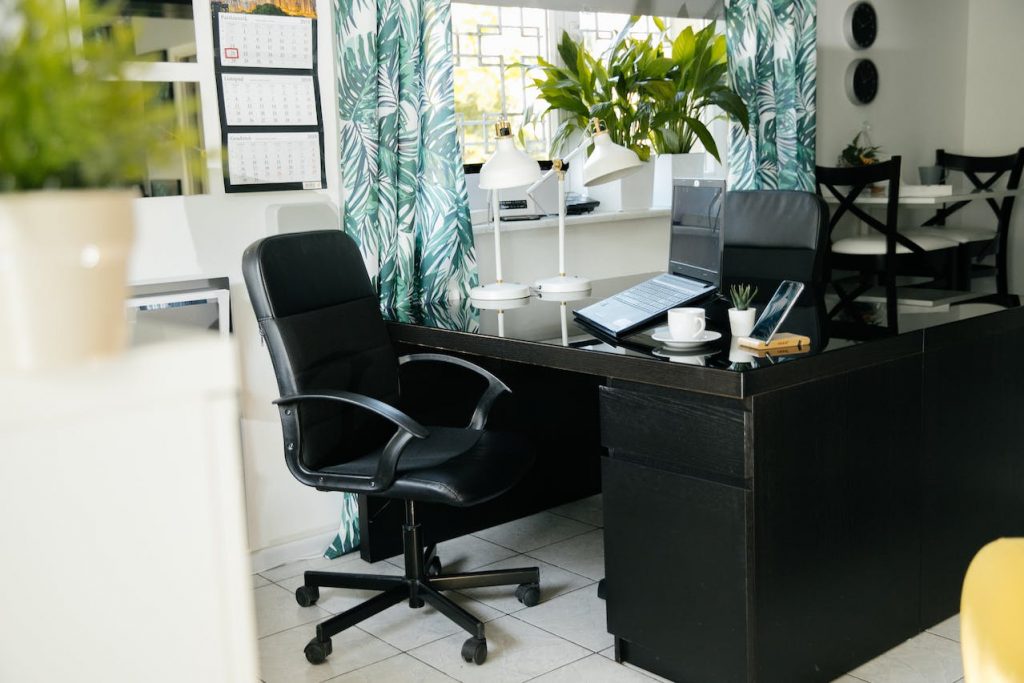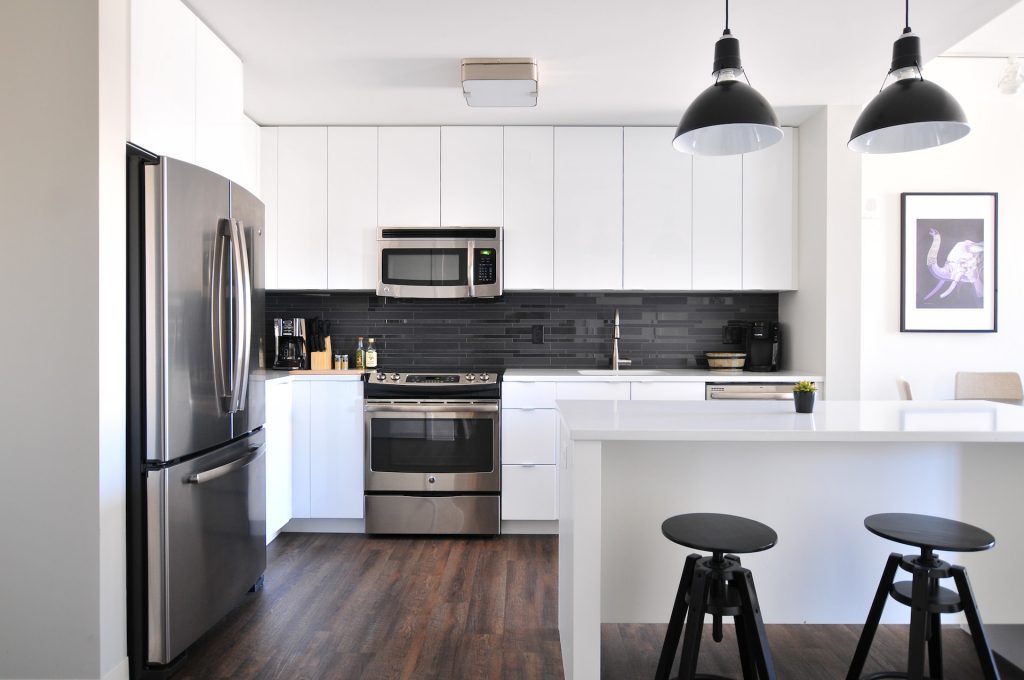Varicose veins — those twisted, bulging veins often visible just beneath the skin's surface — are more than a cosmetic concern. They can cause aching, pain, and discomfort and sometimes lead to more serious health problems. But here's the good news: the majority of varicose veins can be treated without surgical intervention.
Understanding Varicose Veins
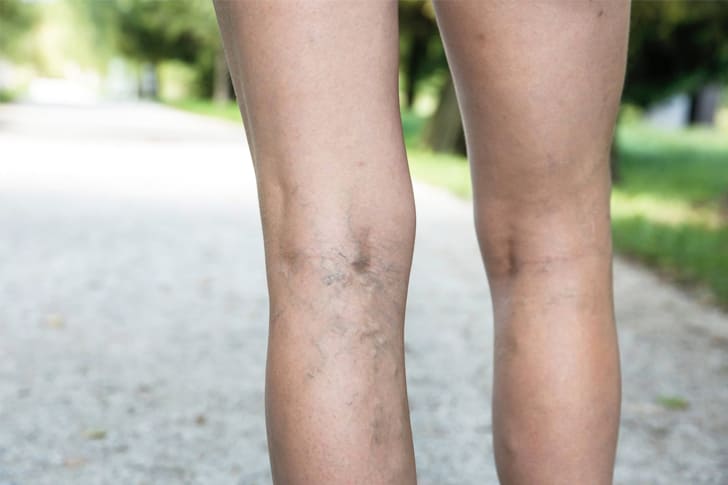
Dr. Kamil Al Rustom Skin and Laser Centre / Facebook
Before we delve into the non-surgical treatment options, let's take a moment to understand what varicose veins are. Veins have one-way valves that help blood flow toward the heart. In varicose veins, these valves become weak or damaged, allowing blood to pool in the vein, causing it to enlarge and twist.
Varicose veins can appear anywhere but are most commonly found in the legs. Symptoms can range from purely cosmetic concerns to pain, heaviness, and swelling.
Causes of Varicose Veins
Understanding the root causes of varicose veins can be essential to prevention and treatment. Though the exact causes can vary, several factors contribute to the development of varicose veins.
Weak or Damaged Valves
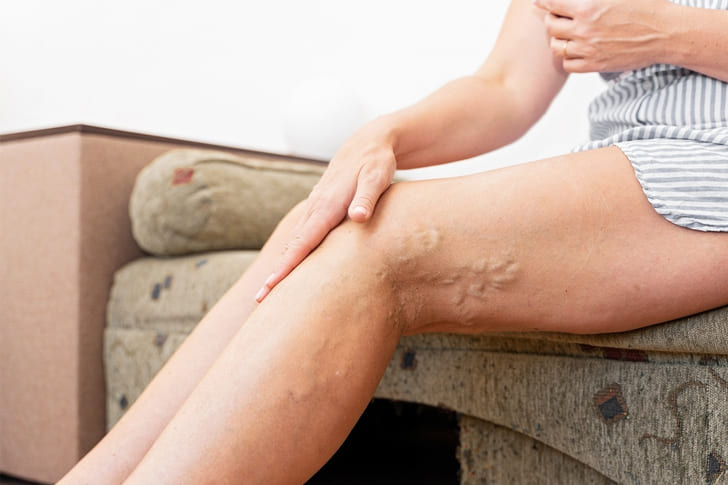
gilvydisvein / Instagram
At the core of varicose veins are the valves within the veins themselves. These tiny, one-way valves open to allow blood to flow toward the heart and then close to prevent it from flowing backward. When these valves become weak or damaged, blood can pool in the vein, leading to varicose veins' twisted, swollen appearance.
Genetic Factors
There's a strong hereditary component to varicose veins. If your family members have them, you're also more likely to develop them.
Age
Our veins can lose elasticity as we age, and the valves within can weaken. This loss of elasticity and valve function can lead to the formation of varicose veins.
Pregnancy
During pregnancy, blood volume in the body increases, but blood flow from the legs to the pelvis decreases. This circulatory change is designed to support the growing fetus but can also result in enlarged veins in the legs.
Obesity
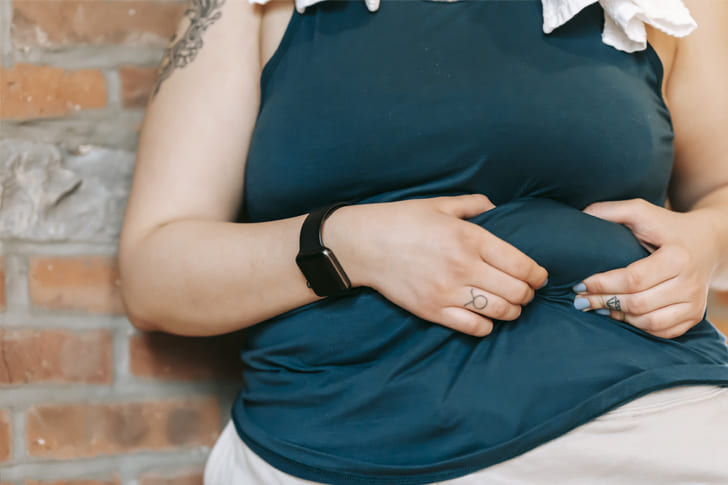
Andres Ayrton / Pexels
Excess weight puts additional pressure on the veins, which can lead to the development of varicose veins.
Prolonged Standing or Sitting
Occupations or lifestyles that involve prolonged standing or sitting can hinder blood flow from the legs back to the heart, leading to varicose veins.
Hormonal Factors
Certain hormonal changes, particularly in women during menstruation, pregnancy, and menopause, can affect the vein walls' elasticity, contributing to varicose veins.
Chronic Venous Insufficiency
This medical condition leads to blood pooling in the veins because the vein walls or valves are not working effectively. It can be a more serious underlying cause of varicose veins.
Minimally Invasive Treatment Options
Now, let's explore the various non-surgical and minimally invasive options available for treating varicose veins. The goal is to reduce symptoms, prevent complications, and improve appearance.
Compression Stockings
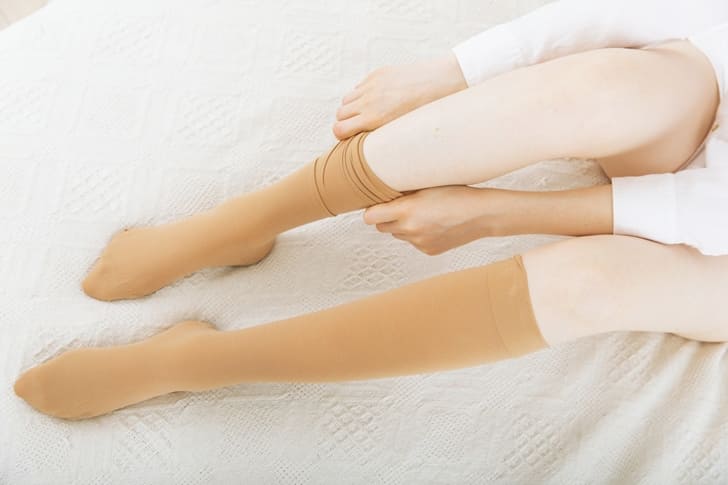
gilvydisvein / Instagram
The first line of treatment often involves something as simple as wearing specially fitted compression stockings. These stockings are designed to gently squeeze your legs, helping veins and leg muscles move blood more efficiently.
Sclerotherapy
Sclerotherapy involves the injection of a solution directly into the vein, causing it to scar and close. Over time, the vein fades, and nearby healthy veins take over the job of carrying blood. This procedure is often suitable for smaller varicose veins and spider veins.
Laser Treatments
Endovenous laser treatment (EVLT) is a minimally invasive technique using laser energy to seal affected veins. A thin fiber is inserted into the vein, and laser light is emitted through the fiber, causing the vein to collapse and seal shut. The procedure is often performed under local anesthesia and is an effective alternative to surgical stripping.
Radiofrequency Ablation (RFA)
Like laser treatments, RFA uses radiofrequency energy to heat the vein's walls, causing it to collapse and eventually disappear. It's often used for larger varicose veins and is performed as an outpatient procedure.
Foam Sclerotherapy
For veins that are more difficult to treat, foam sclerotherapy might be an option. A foam solution is injected into the vein, causing a reaction that closes the vein. It's a variation of traditional sclerotherapy, suitable for larger, more tortuous veins.
Phlebectomy
While it sounds surgical, ambulatory phlebectomy is a minimally invasive technique to remove surface varicose veins. Tiny punctures are made to remove the vein, usually without needing stitches.
Considerations and Care
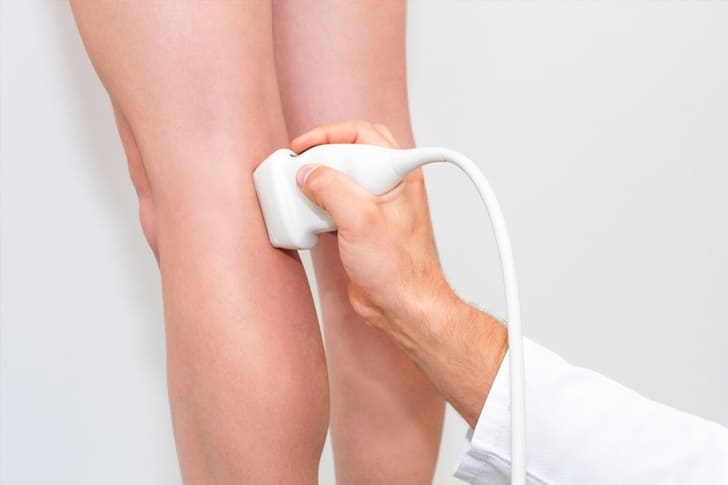
gilvydisvein / Instagram
It's essential to consult with a vascular specialist who can accurately diagnose and recommend the best treatment plan for your particular situation. Many of these procedures can be performed in a doctor's office or an outpatient setting.
Post-procedure care may include wearing compression stockings and avoiding strenuous activities for a set period. Regular follow-up appointments are vital to monitor progress and ensure optimal outcomes.
A Word of Caution
Gone are the days when treating varicose veins necessitated significant surgical interventions. Today's minimally invasive techniques offer effective solutions with reduced recovery times and lower risks.
But remember, prevention is always better than cure. Regular exercise, maintaining a healthy weight, and avoiding prolonged standing or sitting can go a long way in preventing varicose veins.
If you find yourself struggling with varicose veins, don't hesitate to explore these non-surgical options. A world of treatments is available to help you lead a comfortable and confident life, free from the constraints of varicose veins.
As with any medical concern, it's crucial to consult a healthcare provider specializing in venous disorders to understand the best course of action for your needs. Because the one-size-fits-all approach never applies in medicine, especially when it comes to something as complex and individualized as varicose vein treatment.
show more
